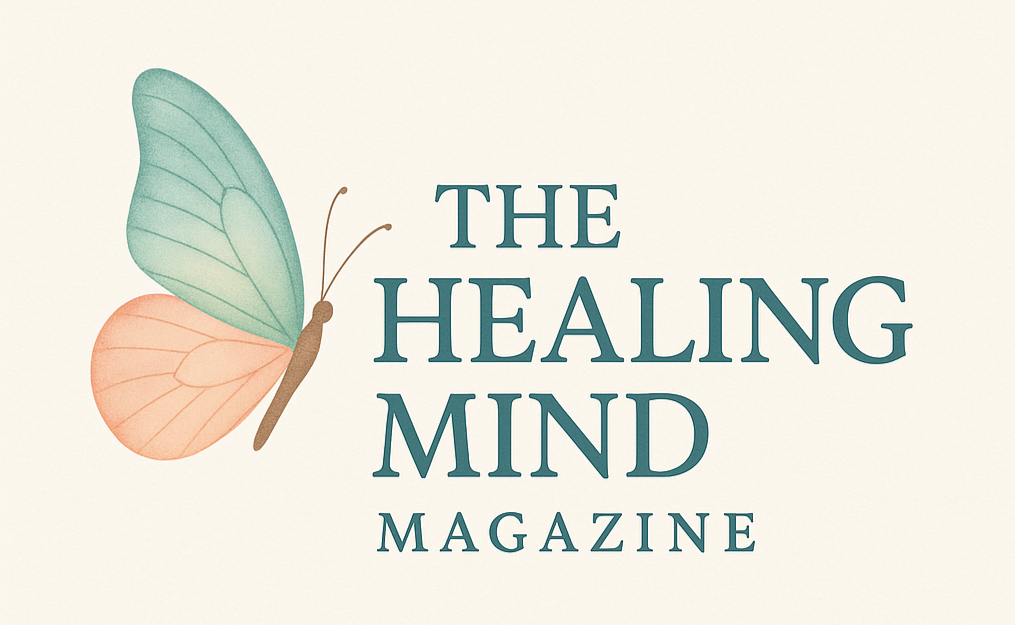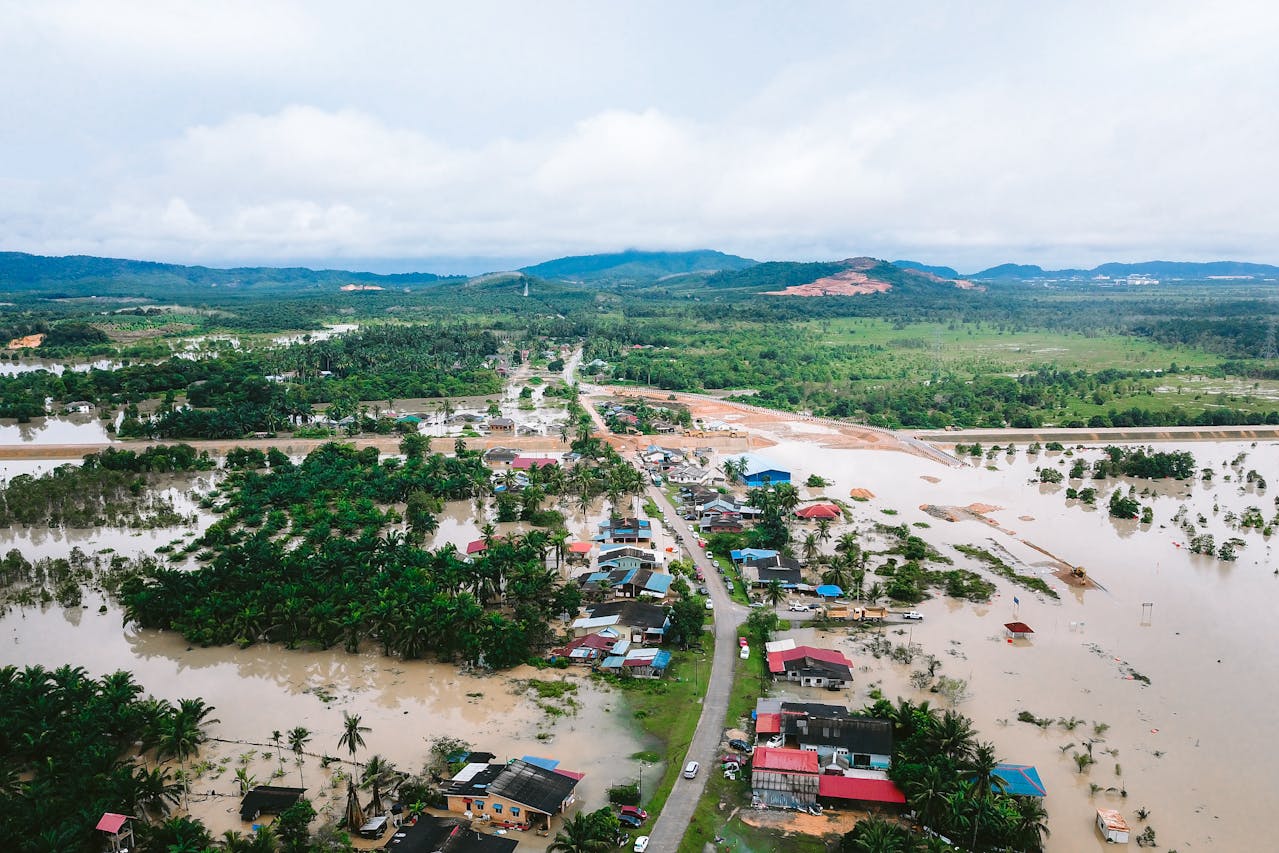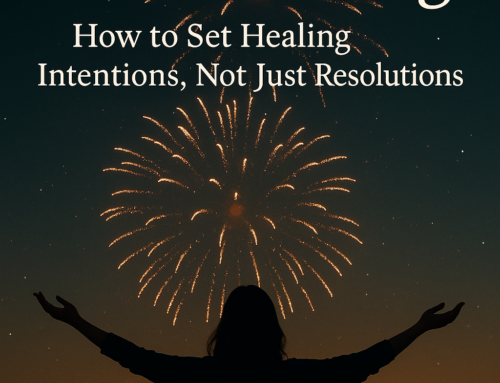Resilience in the Face of Nature: How We Endure Natural Disasters
Natural disasters can strike at any moment, turning lives upside down and leaving devastation in their wake. From hurricanes to wildfires, earthquakes to floods, these events test not only our physical resilience but also our emotional strength. Understanding how people cope during and after such calamities can shed light on the human spirit’s remarkable ability to endure.
The Immediate Impact
When a natural disaster occurs, the immediate response is often one of shock and disbelief. Families may find themselves suddenly displaced, homes destroyed, and familiar landscapes transformed into scenes of chaos. During this time, fear and anxiety can dominate thoughts. Questions race through people’s minds: “What will happen next?” “Will my loved ones be safe?”
This moment of crisis often brings out the best in people. Neighbors come together, sharing resources and providing support. Community centers become hubs for aid, where individuals can find food, shelter, and solace. It’s in these moments that the bonds of community are forged stronger than ever.
The Long Road to Recovery
Recovery from a natural disaster is a complex and lengthy process. The initial shock gives way to a new reality filled with challenges. Many face the daunting task of rebuilding their lives, both physically and emotionally. This journey can be filled with setbacks, as insurance claims are processed and homes are reconstructed.
During this phase, it’s essential to acknowledge that healing takes time. Some individuals may experience trauma long after the physical scars have healed. Support groups and mental health services play a critical role in helping survivors navigate their feelings of loss and uncertainty. Sharing stories, finding understanding, and connecting with others who have faced similar challenges can provide comfort in the darkest times.
Finding Strength Within
People often discover inner strengths they never knew they had. Resilience is not just about bouncing back; it’s about adapting and finding ways to move forward. Many survivors find purpose in helping others, volunteering in recovery efforts, or advocating for better preparedness measures in their communities.
Artistic expression can also be a powerful outlet. Many turn to writing, painting, or music to process their experiences. These creative acts can be cathartic, transforming pain into something beautiful and meaningful.
The Role of Nature in Healing
Interestingly, nature itself plays a role in the healing process. After a disaster, communities often engage in rebuilding efforts that include replanting trees and restoring natural habitats. These actions not only beautify the area but also foster a renewed connection to the environment. Witnessing the resilience of nature as it bounces back can inspire hope and renewal in the human spirit.
Moving Forward Together
As we look to the future, it’s crucial to remember that resilience is a collective journey. Governments, organizations, and individuals all play a part in creating systems that support disaster preparedness and recovery. Investing in infrastructure, emergency services, and community resources can make a significant difference in how we respond to the next natural disaster.
In conclusion, while natural disasters can bring unimaginable pain and suffering, they also reveal the incredible strength of the human spirit. By coming together, supporting one another, and embracing our resilience, we can navigate the stormy seas of life and emerge stronger on the other side. Together, we can find hope amid the rubble and rebuild not just our homes but our communities and lives.

Ryan P – Life Purpose Author







